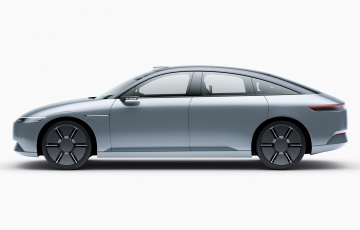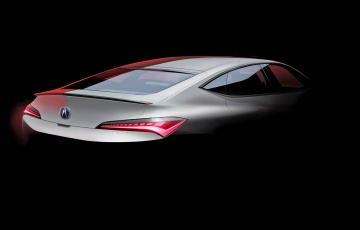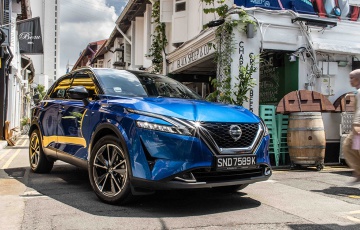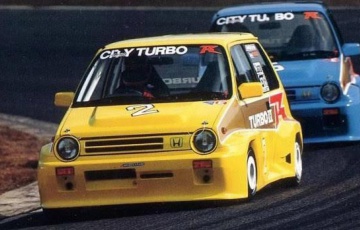R Rated [COTY2017] : Honda Civic Type R FK8 [review]
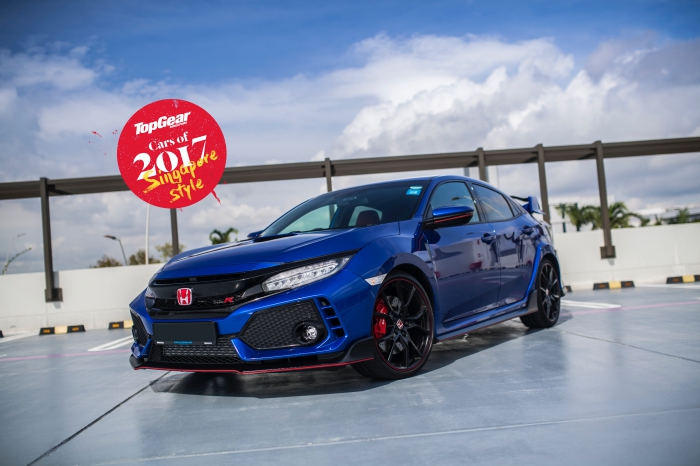
Honda's FK8 Civic Type R’s R-rating conceals triple-X performance
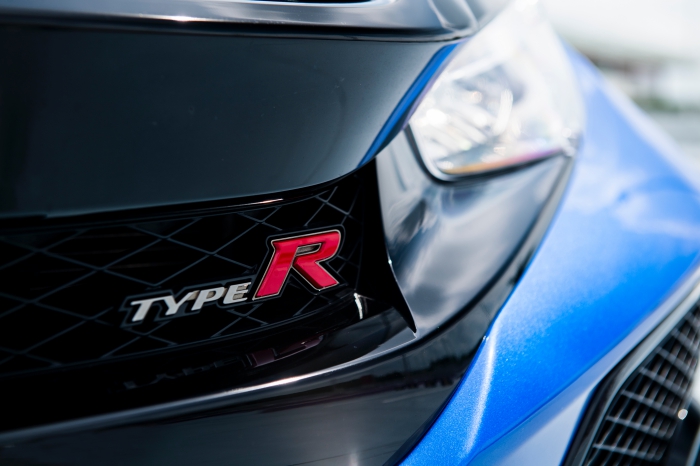
SINGAPORE - We never thought we’d say this, but can the explicit thrills of an X-rating ever be replaced by the introspection and imagination required to savour a R-rated film?
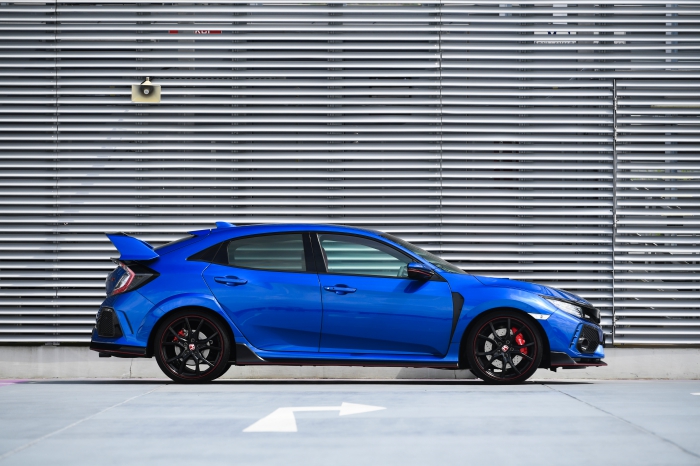
However, what if, like the FK8 Type R, the R-rating just needs some probing and prodding before the full-blown uncensored experience is unveiled? Thanks to an owner’s generosity, we’re finally driving the latest FK8 Type R long after its media introduction.
Our credentials? Well, we’ve driven almost every Type R and evocative Honda from the late 90s and early 2000s, as well as the ‘last JDM hurrah’ FD2R in 2007, and its even more hardcore brother, the limited edition Mugen RR.
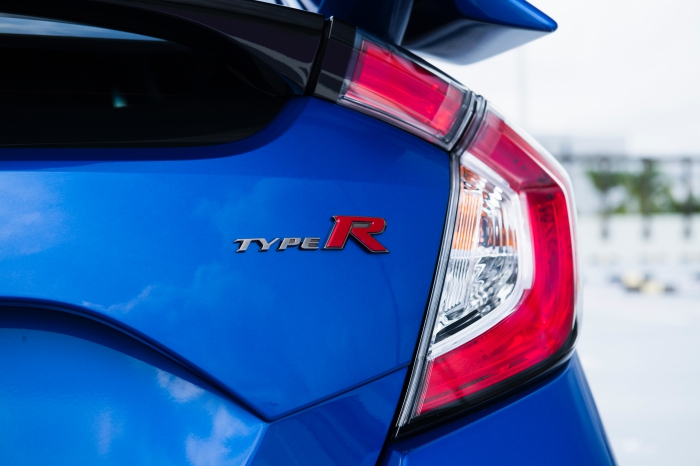
‘Autotaku’ will certainly appreciate the golden era of screaming, naturally-aspirated, “VTEC just kicked in, yo!” Honda sportscars ever since 1997’s venerable EK9 Civic Type R proved wearing white with white shoes could be cool.
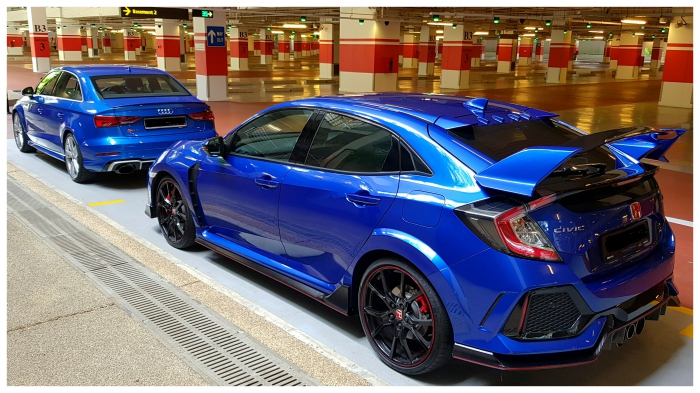
You can’t really blame us then, as we approach the latest turbocharged Civic Type R with trepidation, because we take pride in filtering marketing fluff from reality… but the reality is, the FK8 Type R genuinely intrigued us the more time we spent at its helm.
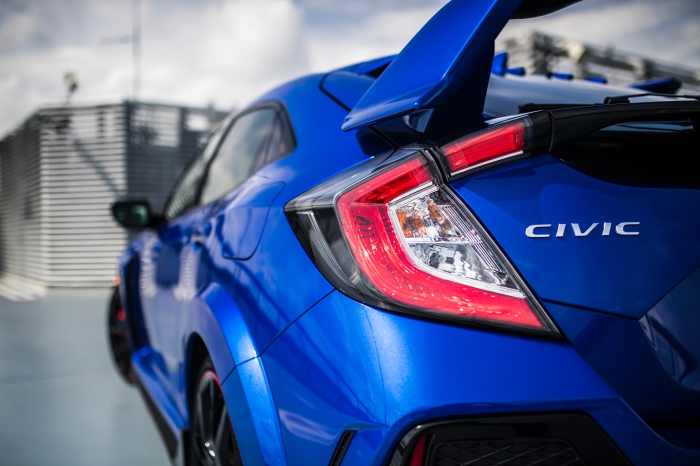
On the face of bald specifications, the new Civic Type R has the right ‘label’ and ticks all the right boxes for a fresh generation of petrolheads and hypebeast aficionados, many of whom don’t carry the same dogmatic baggage as this grinchy author.
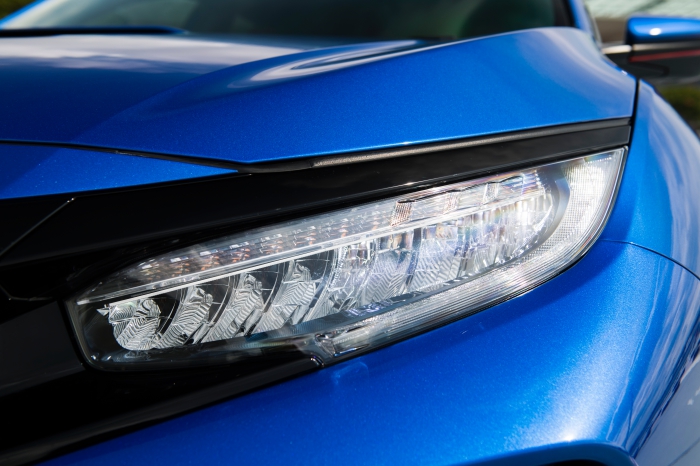
We’ve concluded that if you treat the current Civic Type R and NSX as hard reboots for Honda’s sporting models, you don’t have to worry about trying to reconcile them with their predecessors.
Anyhow, we still think it’s useful to talk about how the ‘Type R’ moniker originated so you can square-off everything in your head instead of treating the latest car in isolation, or worse, using the term ‘Type R’ as a trendy catchphrase...
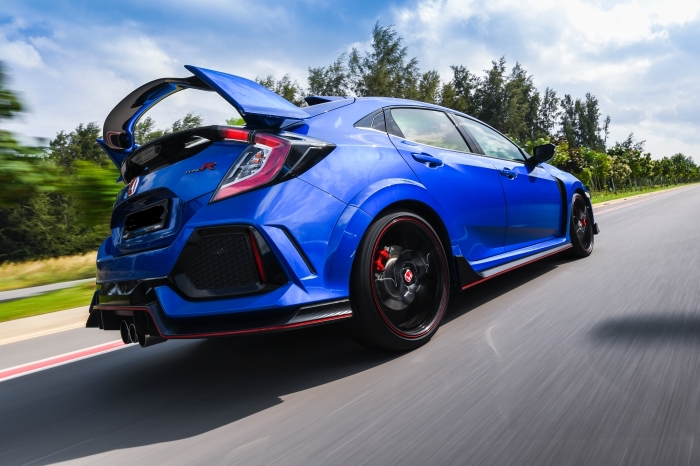
Traditionally, Type R specimens were Japan Domestic Market (or JDM for short) road-legal specials seam-welded and stripped of superfluous weight, had their handling tuned for rabid racetrack-readiness and nat-asp engines tweaked to kingdom come – the first ‘R’ was the flagship NSX-R, and the rest followed from that progenitor.
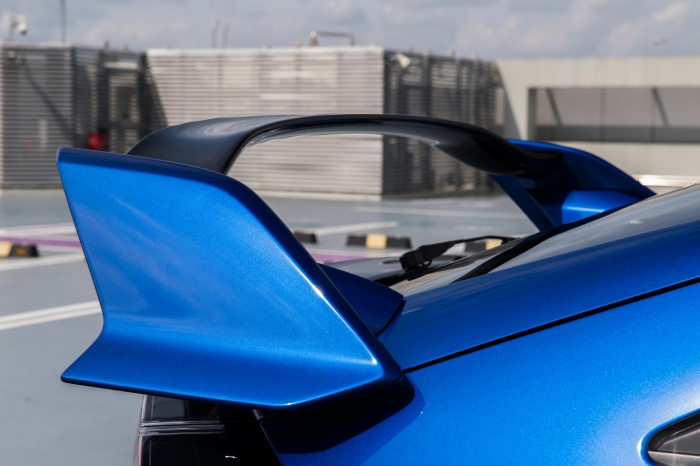
They were dynamically fabulous, but weren’t necessarily the fastest outright (contrast this to today’s ‘Ring-storming FK8 in the FWD category), but the combination of screaming high-rpm performance and a lightened, sublime chassis created lean mean cult machines that captivated a generation of petrolheads.
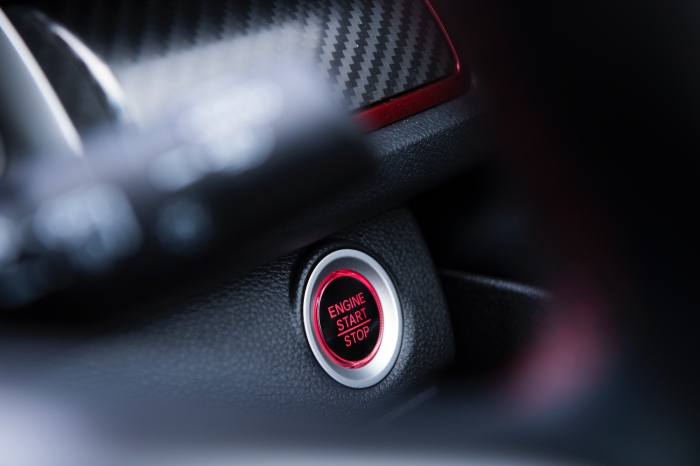
Moreover, in true Japanese form, Honda’s measures to lighten the R models then often bordered on obsessive-compulsive and there was a focused, artisanal air to the proceedings so you immediately recognised you were in something above and beyond the Plain Vanilla variant.
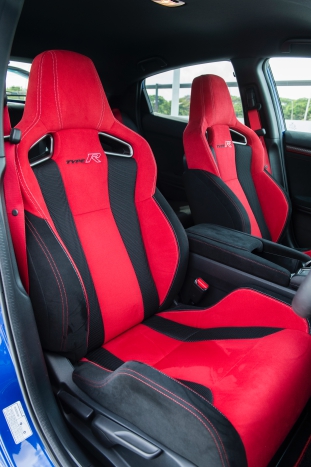
Red seats red everything a staple of Type Rs
From the time you slipped into the sporty Red Recaro seats, jiggled the lightweight titanium gear-knob to ‘check-free-gear’ (sadly, the gearknobs are no longer titanium) and hung onto the chunky steering wheel, everything felt special even before you fired-up the engine.
Back then, the Type R family was not just a single model, but encompassed NSX, Civic, Integra and if the purists will excuse me, even Accord Euro-R iterations, so technically, the R was available in various flavours to suit different sensibilities.
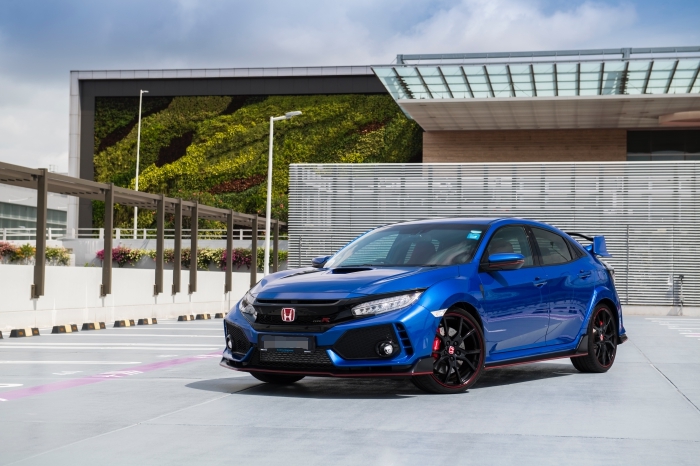
Today, there is just one Type R, and its spirit lives on in the body of the tenth generation Civic five-door fastback, defiantly retaining the manual gearbox, front-drive configuration.
This UK-made Type R is the first ‘global’ model (it hasn’t been JDM in almost ten years since the FD2R stopped production) and the USA also gets it for the first time in the Civic Type R’s twenty-year history.
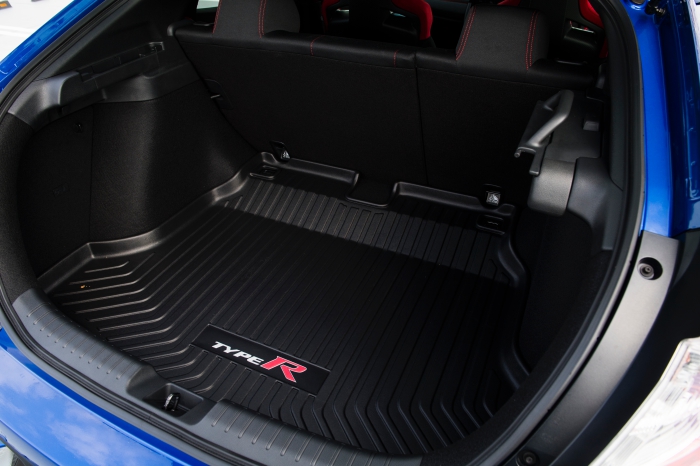
However, it is also intended to be all things to everyone, which we think goes some way towards explaining why Honda felt the need to set a ‘Ring record. After all, this current single model has to present compelling performance credentials to allay the scepticism of purists who once had a bevy of JDM Type R models to choose from in the early 2000s (Civic, Integra and Accord).
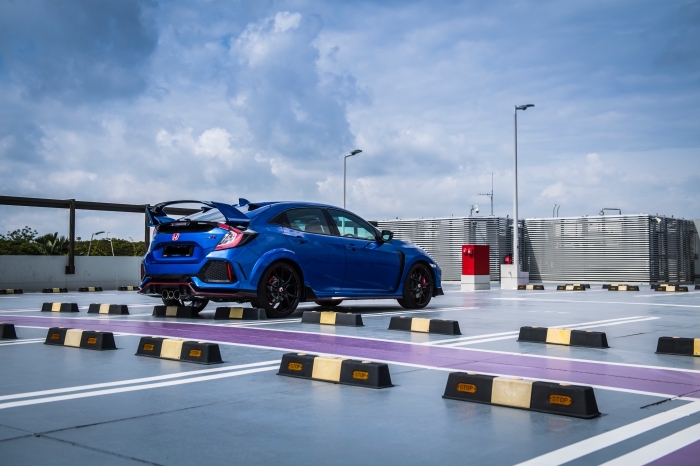
Even by Japanese standards, the FK8’s dramatic ‘Fast and the Furious’ styling is characterised by samurai-style cuts and slashes, although we partly feel this is to pander to ‘new’ markets (and prospects) for the Civic Type R that have certain stereotypes of what a Japanese performance car should look like.
The FK8R also gets a de rigeur big wing and trio of centre-exit tailpipes that believe it or not, are functional, just like the Ferrari 458 Italia’s.
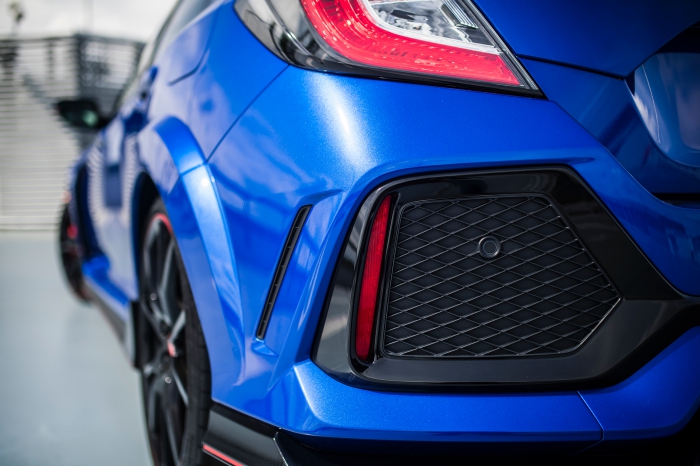
Compared to its predecessors, the FK8 has a longer wheelbase for improved stability, but it is also wider – to better accommodate larger footwear (it features a wider rear-track than the FK2) – as well as lower, for better ground effect.
Naturally, it is heavier than all the Type Rs up to the FD2R – at just under 1.4-tonnes, the FK8 has come a long way since the one-tonne-plus kerbweight of the original EK9.
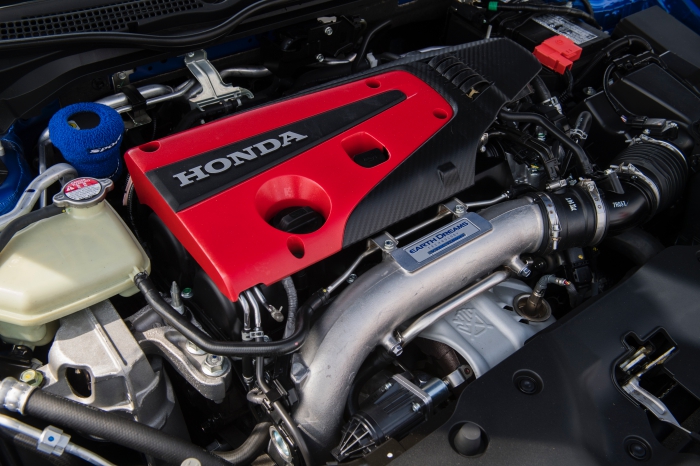
Yep, it's just a red engine cover – gone is yesteryear's 'crackle' red finish cam cover of the JDM Type Rs
However, the power-to-weight ratio has improved thanks to its turbocharged two-litre’s performance, so it plays 306bhp/400Nm to the nat-asp original’s 182bhp/160Nm; moreover, the FK8’s aero elements improve outright grip so it’s possible to carry more speed through the corners, although some will contend the earlier nat-asp models required a nuanced hand at the helm and commitment to drive fast.
Thankfully, the FK8R is lighter than its immediate predecessor – the short-lived FK2R, which wasn’t officially imported to Singapore – but we think served as decent enough a test-bed for the turbocharged engine and chassis that would be tweaked for the FK8R’s application.
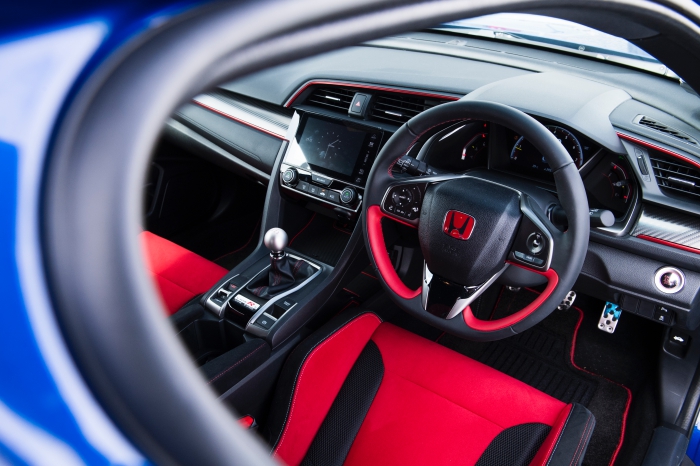
We’re cruising at around three-and-a-half grand revs in sixth and snugly ensconced in the sumptuous red sport seats, and put our foot down to experience the tractability of the turbocharged VTEC four-pot.
In the nat-asp Rs, this would have required a drop of at least two-gears to enter the VTEC ‘sweet-spot’, but we drop to fifth and the FK8 barrels forward with scarcely a moment’s hesitation.
We’d be lying if we said we didn’t miss the hard-edged induction howl that came with older nat-asp engines going banzai bananas above 5+rpm, but then we recently spent a weekend with a late 1990s four-door Integra Type R (DB8R) – to recall our misspent youth in a 98SpecR DC2 Integra Type R – and came to the realisation we can’t live with a powerband that thrives in the upper reaches of the rev counter any more!
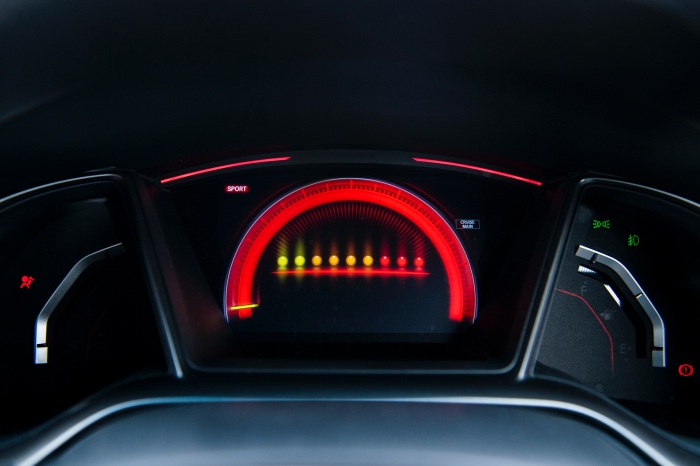
Sure, it’s fabulous for those blistering few seconds in each gear when you’re enjoying the euphoria of a VTEC high, but it’s less fun when you’re becalmed in start-stop traffic that’s everywhere these days, and you don’t feel like stirring the shifter to prod the rev needle into the ‘kill-zone’.
You could say we’ve mellowed, but truth be told, we sometimes appreciate that modern sportscars like the FK8 Type R offer various driving modes to suit your different driving moods.
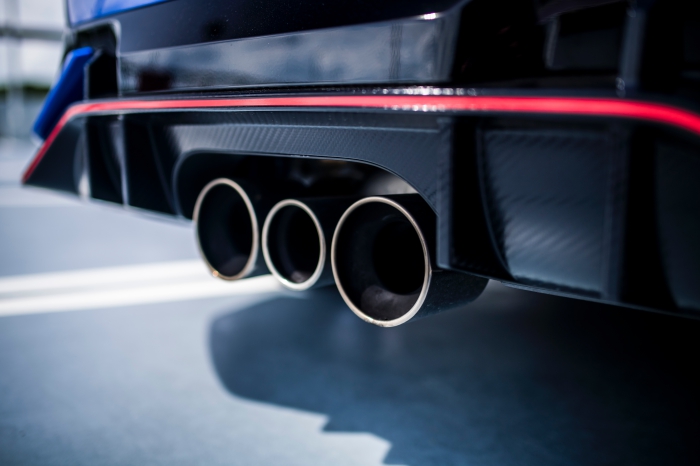
Flogged through the gears, the FK8’s soundtrack is predictably four-pot turbo ‘whooshy’, and the exhaust system does a marvellous job of suppressing drone at cruising speeds, yet amplifies the sporty notes during aggressive driving in ‘+R’ mode.
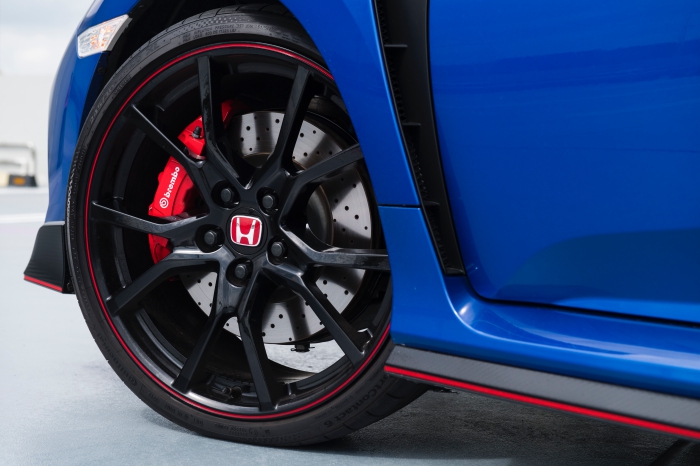
This new breed of Type R is able to dance its way around a circuit as compellingly as its predecessors, albeit with less frenetic urgency, but a big boon is in the new car’s versatility, in contrast to the narrow operating band and uncompromising nature of its forebears.
The lack of torque steer at full boost was a real surprise, even in the wet, so there’s very little drama to driving fast, yet you’re always engaged enough to want to push the FK8’s limits of adhesion.
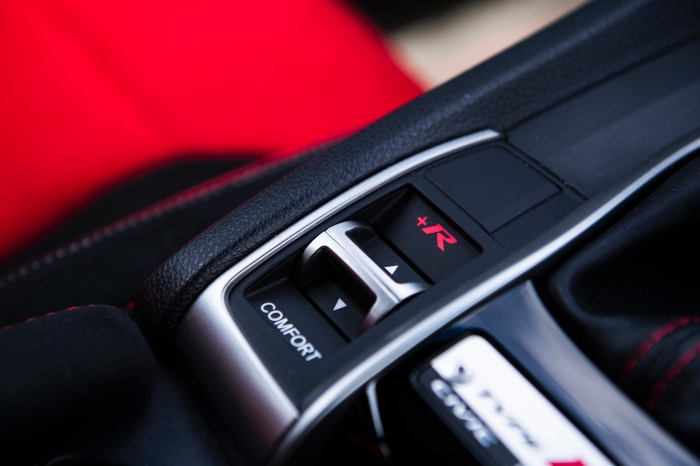
Three drive programmes endow the FK8 with different personalities so you can pootle around in Comfort or Sport, although there isn’t a Custom for you to mix-and-match settings.
However, even in the sportiest ‘+R’ setting, the ride quality is never too unyielding for normal road use (unlike the FD2R for instance), yet body control is never less than stellar, especially when tackling your favourite series of corners.
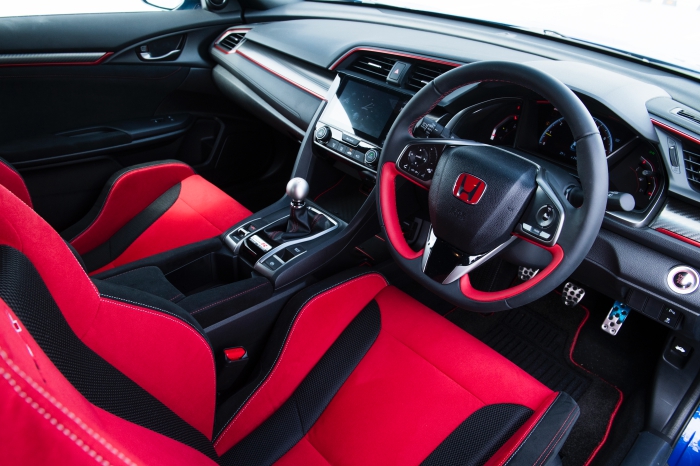
In +R, the steering too, is weighty and direct so there’s ample feel to manhandle the FK8 precisely (or as loosely as your inner hoonigan prefers), and we found ourselves really getting into the groove with the fast road composure of the FK8 because there’s a lot more depth to its character than just grip-and-go.
The car’s rigidity and ride damping (the FK8R finally returns to a rear multi-link setup) have been tweaked to a T, and prove resolved enough to rival any European hot-hatch’s.
In fact, we’re floored by the FK8’s ride repertoire, which offers both pliancy and has a voracious appetite for corners in equal measure, since one normally comes at the expense of the other.
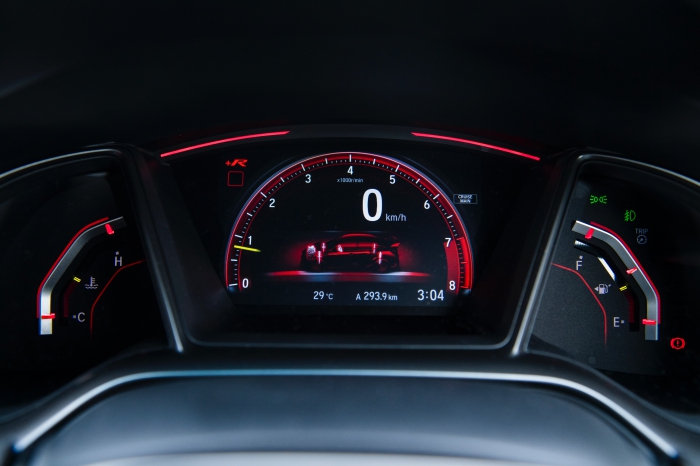
Local cars have been detuned by 10PS from the factory’s 320PS (316bhp) to better cope with fuel quality, but you’d be hard-pressed to notice the missing horses, especially with a full-fat 400Nm in the mid-range to attack the roads with.
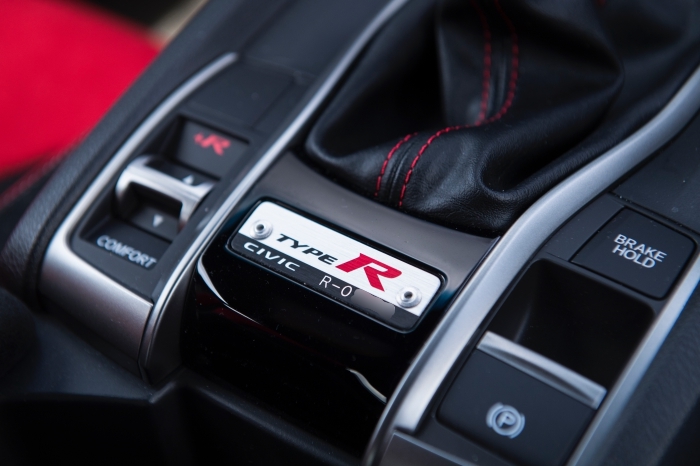
There’s never any wild scrabbling for grip under boost, and it’s a staggering triumph of Honda’s engineering over physics when you experience in person how the brand has managed to rein-in such thumping performance in a front-wheel drive set-up. The car’s pace is deceptively fast, probably because the cabin insulation and torsional rigidity ensure hard driving in the FK8 is no longer the raucous affair of the original cars.
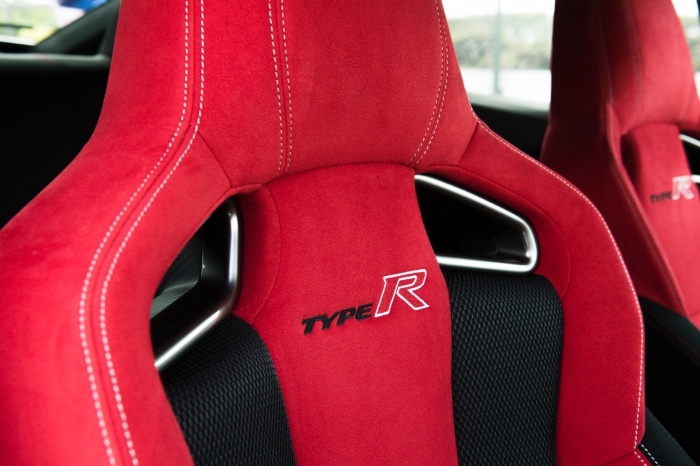
The revs climb quickly in response to throttle input, since the FK8 now goes back to a single-mass flywheel after the FK2’s dual-mass item, so there’s little lethargy on an already low-lag engine.
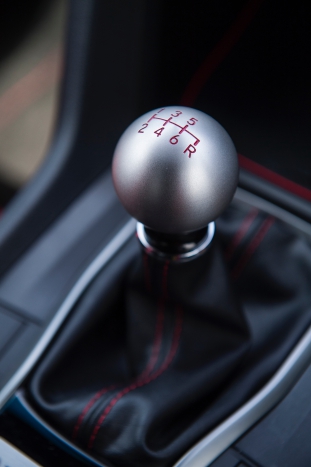
Compared to the wrist-flick slick-shifts of the earlier models though, the FK8’s though short, is notchy and requires some effort to throw, which we reckon segues well with the car’s macho aesthetics.
True to modern sportscar form where everything is served on a platter, the FK8 features an auto-blip feature like Porsche’s manual sportscars, which seamlessly executes rev-matching throttle blips during downshifts, so you can’t help but feel like a driving god… even when you’re trundling quietly along.
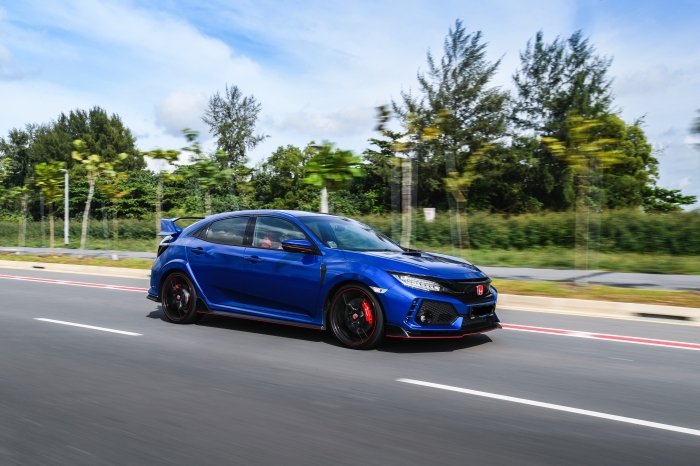
In spite of our initial misgivings, the FK8 is a stupendous return to Type R form. It is one of those cars you need to actually drive hard to appreciate, not gawk at in a stuffy showroom because that's missing its entire point.
If you look beyond the R-rated veneer of civility, its combination of turbocharged engine, flamboyant aesthetics and playful chassis make for a rambunctious personality that continues to serve up triple-X explicit thrills...
Photos Zotiq Visuals
HONDA CIVIC TYPE R (FK8)
Engine 1996cc, inline4, turbo
Power/rpm 310hp/6500rpm
Torque/rpm 400Nm/2500-4500rpm
Transmission 6spd manual
Kerbweight 1378kg
0-100km/h 5.7secs
Top speed 272km/h
Fuel consumption 7.7l/100km
CO2: 176g/km






